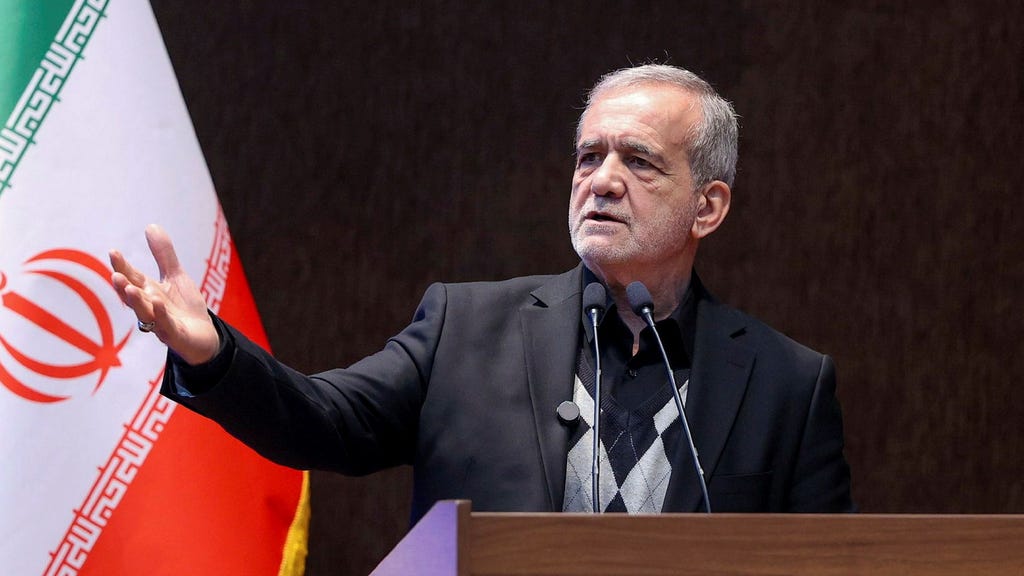The unexpected flight of Syrian President Bashar al-Assad to Moscow signals a potential seismic shift in the geopolitical landscape of the Middle East, particularly for Iran. Assad’s departure, while not entirely unforeseen by Tehran, effectively weakens the so-called ”axis of resistance” – a strategic alignment between Iran, Syria, and Hezbollah aimed at countering US and Israeli influence in the region. This alliance has been a cornerstone of Iranian foreign policy for decades, providing a critical land bridge to Hezbollah in Lebanon and bolstering its regional power projection. Assad’s absence throws this established dynamic into disarray, forcing Iran to reassess its strategic posture and potentially recalibrate its regional policies. The loss of a key ally and the crumbling of the Syrian regime, a long-time bulwark against Western influence, presents both challenges and opportunities for Iran.
While the “axis of resistance” has suffered a significant blow, Iran’s commitment to resisting US and Israeli influence is likely to remain a central tenet of its foreign policy. However, the means by which it pursues this objective may require adaptation. The weakened Syrian state, even if Assad were to return, will likely be less capable of serving as a reliable partner. This could lead Iran to explore alternative avenues for maintaining its regional influence, potentially by strengthening ties with other non-state actors or shifting its focus to other regional conflicts. Iran may also seek to capitalize on the instability in Syria to further its own geopolitical agenda, potentially by increasing its military presence or bolstering its support for allied militias. This recalibration could lead to heightened tensions with regional rivals, particularly with Israel, which views Iranian influence as a direct threat to its security.
The emerging scenario in Syria presents a complex dilemma for Iran. Maintaining its influence in the region is crucial for its security strategy, but its traditional avenue of influence through Syria is severely compromised. Iran will need to carefully navigate the evolving situation, balancing its desire to maintain regional leverage against the risk of further escalating tensions with regional rivals. The potential vacuum of power created by Assad’s absence could also attract other regional and international actors, further complicating the situation and potentially exacerbating existing conflicts. This presents a delicate balancing act for Iran, requiring a pragmatic and adaptable approach to safeguard its interests.
The repercussions of Assad’s flight extend beyond the immediate impact on the “axis of resistance.” The ongoing Syrian conflict has already destabilized the region, contributing to the rise of extremist groups and triggering a massive refugee crisis. The further weakening of the Syrian state could exacerbate these existing challenges, creating further instability and potentially fueling further conflict. This regional instability poses a serious threat to international security and could have wide-ranging implications for global politics. The international community will need to engage constructively to address the root causes of the conflict and prevent further deterioration of the situation. A concerted international effort is crucial to stabilize the region and prevent the Syrian crisis from spiraling further out of control.
Iran’s response to this evolving situation will likely be multifaceted. It may seek to leverage its existing network of alliances and partnerships to maintain its influence in Syria, potentially by bolstering its support for Hezbollah and other allied militias. It may also seek to engage in diplomatic efforts to shape the outcome of the Syrian conflict, working with other regional and international actors to promote a solution that aligns with its interests. However, Iran’s actions will likely be constrained by its own internal political and economic challenges, as well as the ongoing international pressure it faces. These factors will limit its ability to project power and influence in the region, potentially forcing it to adopt a more cautious and pragmatic approach.
Ultimately, the future trajectory of the Syrian conflict and the broader regional dynamics will depend on a multitude of factors, including the actions of regional and international actors, the internal dynamics within Syria, and the evolving geopolitical landscape. Iran’s response to these developments will be a critical factor in shaping the future of the region. The choices it makes will have far-reaching consequences, not only for its own security and influence but also for the stability and security of the entire Middle East. The current situation presents both challenges and opportunities for Iran, requiring a strategic and adaptable approach to navigate the complex and uncertain landscape. The evolving situation in Syria represents a pivotal moment in the region’s history, with the potential to reshape the geopolitical order for years to come.














